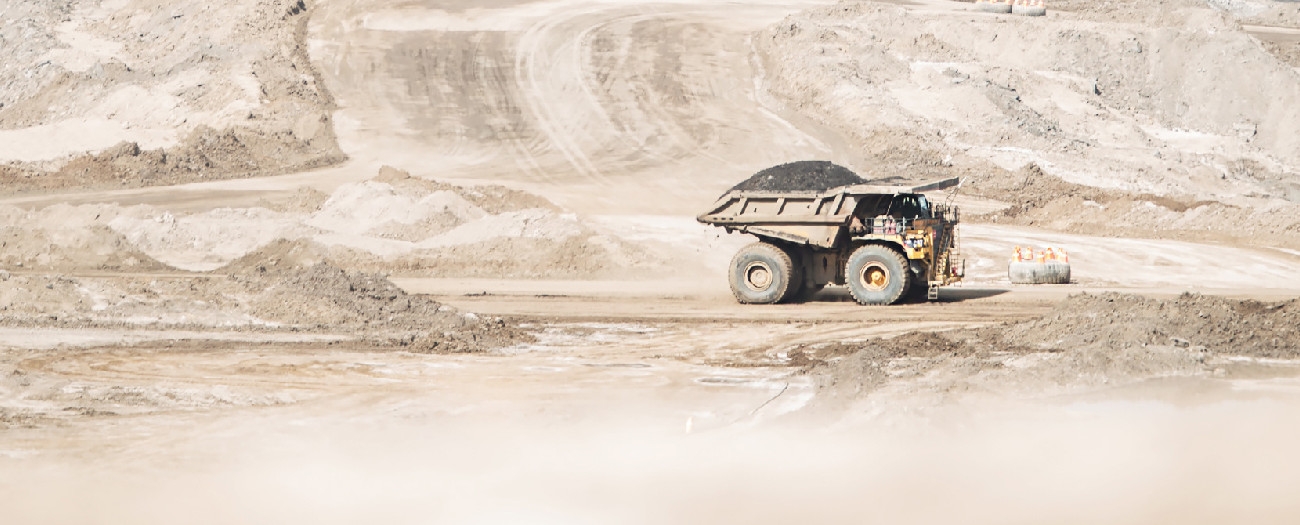A tour through the oil sands reveals that Alberta’s black core is mining gold
Fort McMurray, Alberta - November 05, 2019While energy extraction occurs all over Alberta, our oil and gas industry’s heartland is within our province’s thick, boreal forests.
As of 2019, nine oil sands mines are nestled in the Athabasca region’s northern woodland, where companies dig oil sands from the earth to refine into marketable bitumen. It’s the Alberta Energy Regulator’s job to ensure that they extract oil from the sand responsibly. Once companies have finished mining in an area, we also regulate how the land is returned to its original (or equivalent) state.
The Canadian Natural Resources Limited Horizon Oil Sands Mine spans over 284 square kilometres (just a little smaller than Mississauga, Ontario, yet still only a speck in the great expanse of forest). Horizon supports all stages of the mining process: mining, processing, and upgrading.
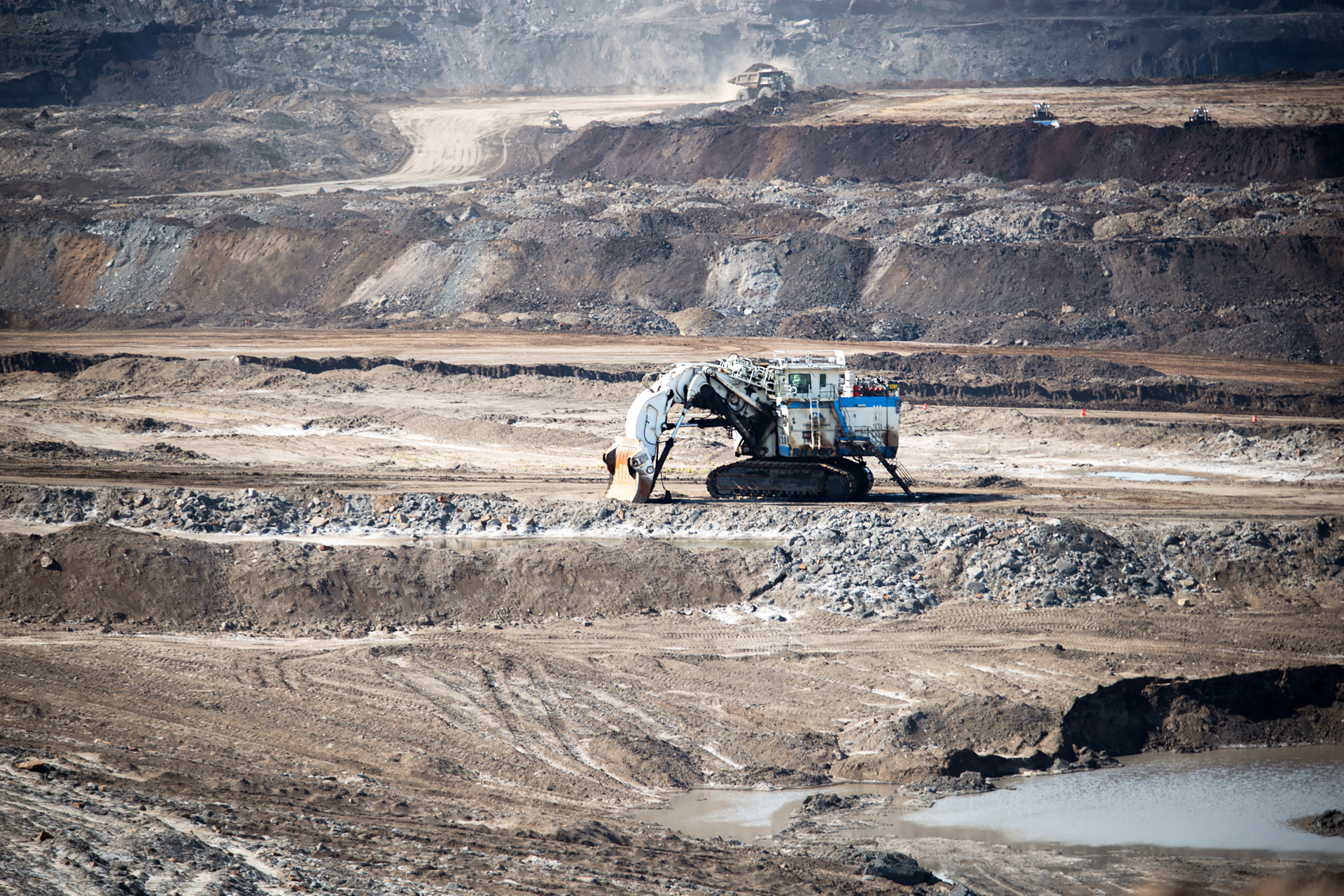
In a pit 40 metres deep, great machines are hard at work. Hydraulic shovels—tank-like vehicles with hefty shovels for heavy lifting—scoop ore from the ground so that it can be placed in haul trucks.
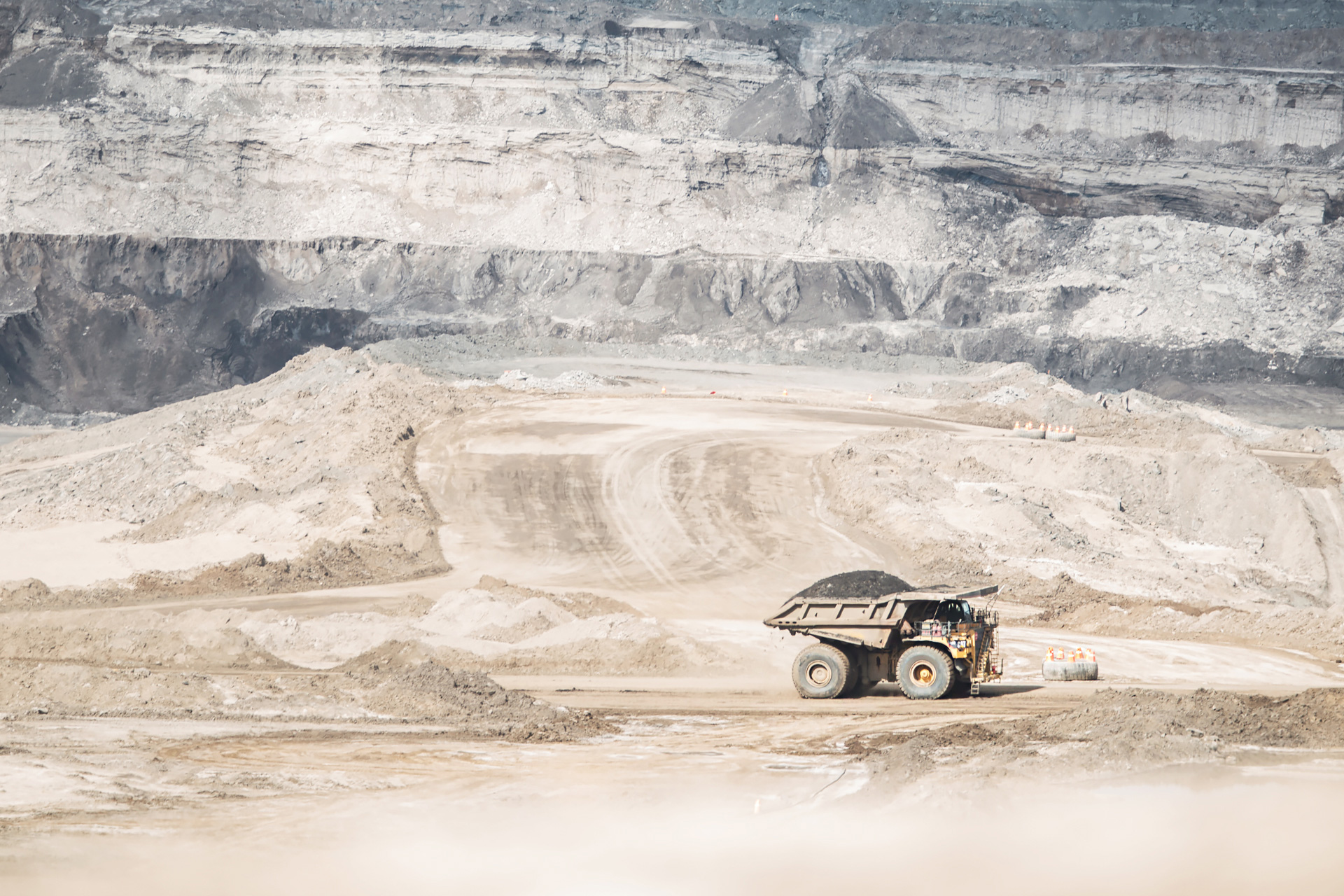
Haul trucks, once full, transport bitumen-rich sand to the ore preparation plant. Trucks like this one can carry approximately 400 tonnes of ore, the equivalent of 200 barrels of oil.
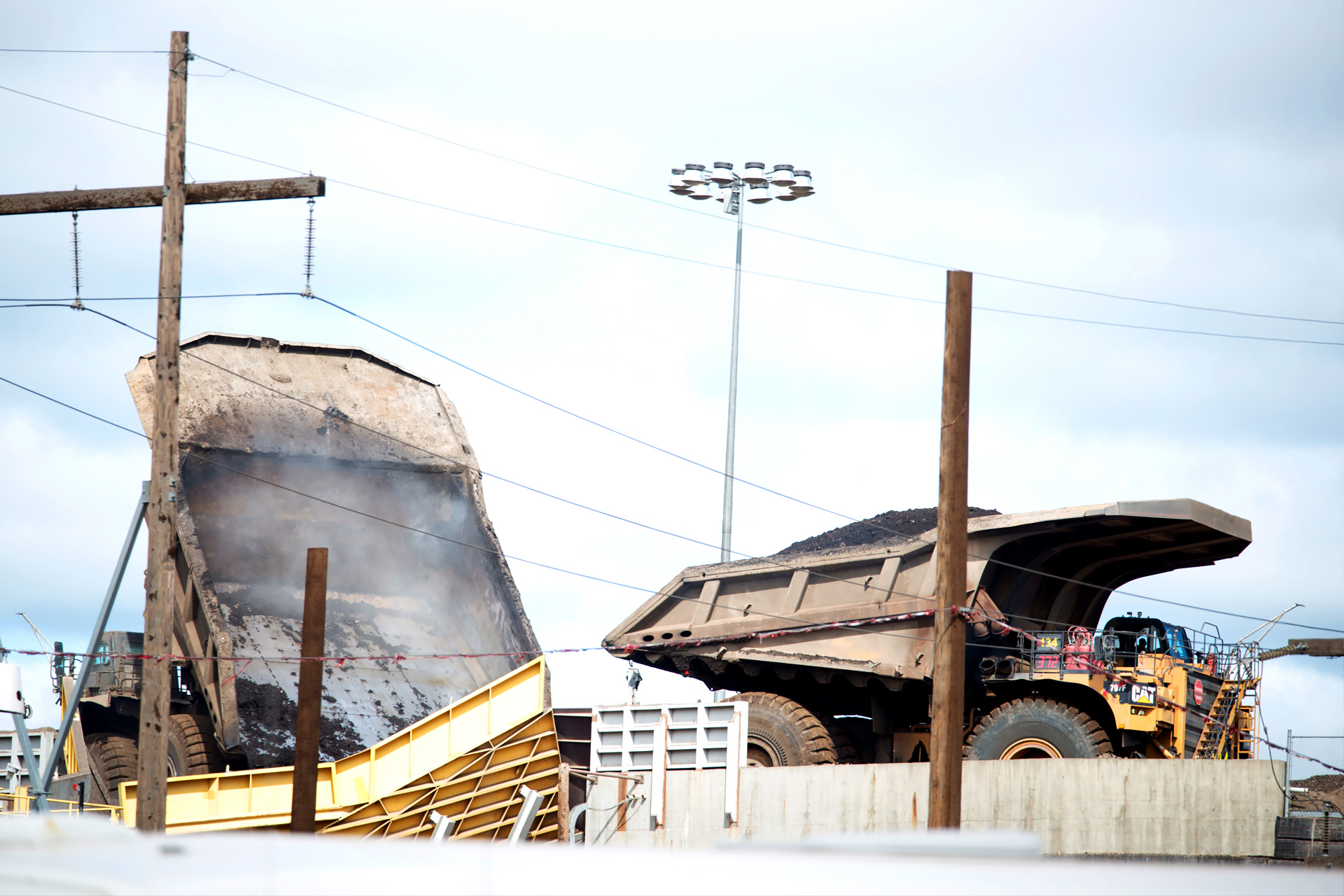
After a short drive, the trucks deposit ore at the processing plant before heading back to the mining pit to collect another load. Trucks of this size make approximately 1200 trips daily. Having large trucks like this, along with all other components of the mining process, on-site increases efficiency.
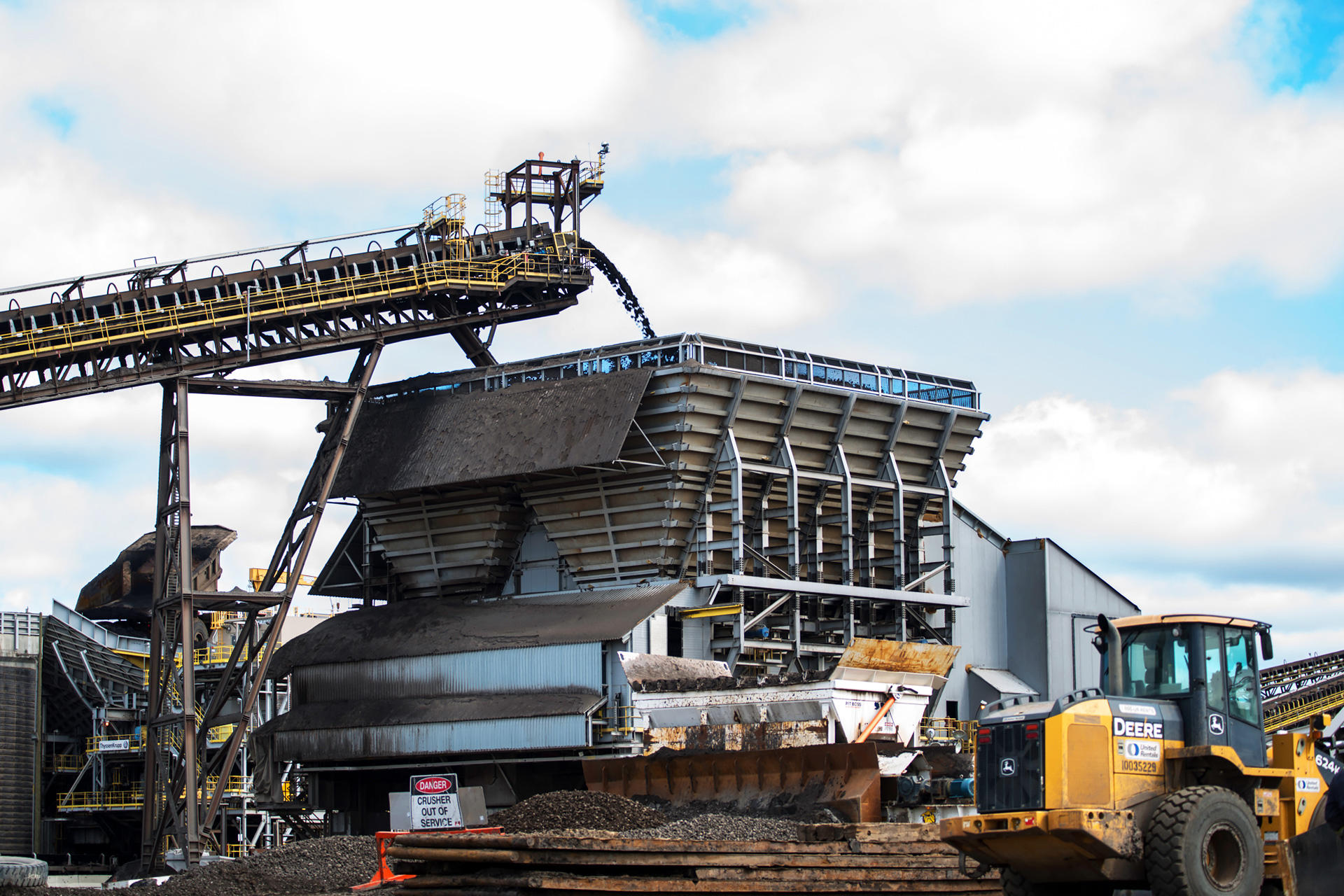
After being deposited by trucks, the crushed oil sands travel up a conveyor belt into a surge bin, which begins to separate the sands before they move to ore preparation plants, where slurry is produced. Slurry refers to dry oil sands mixed with warm-or-hot water that is moved through pipelines. Ultimately, the sand and bitumen are separated at the extraction plant, bringing the product ever-closer to its final state.
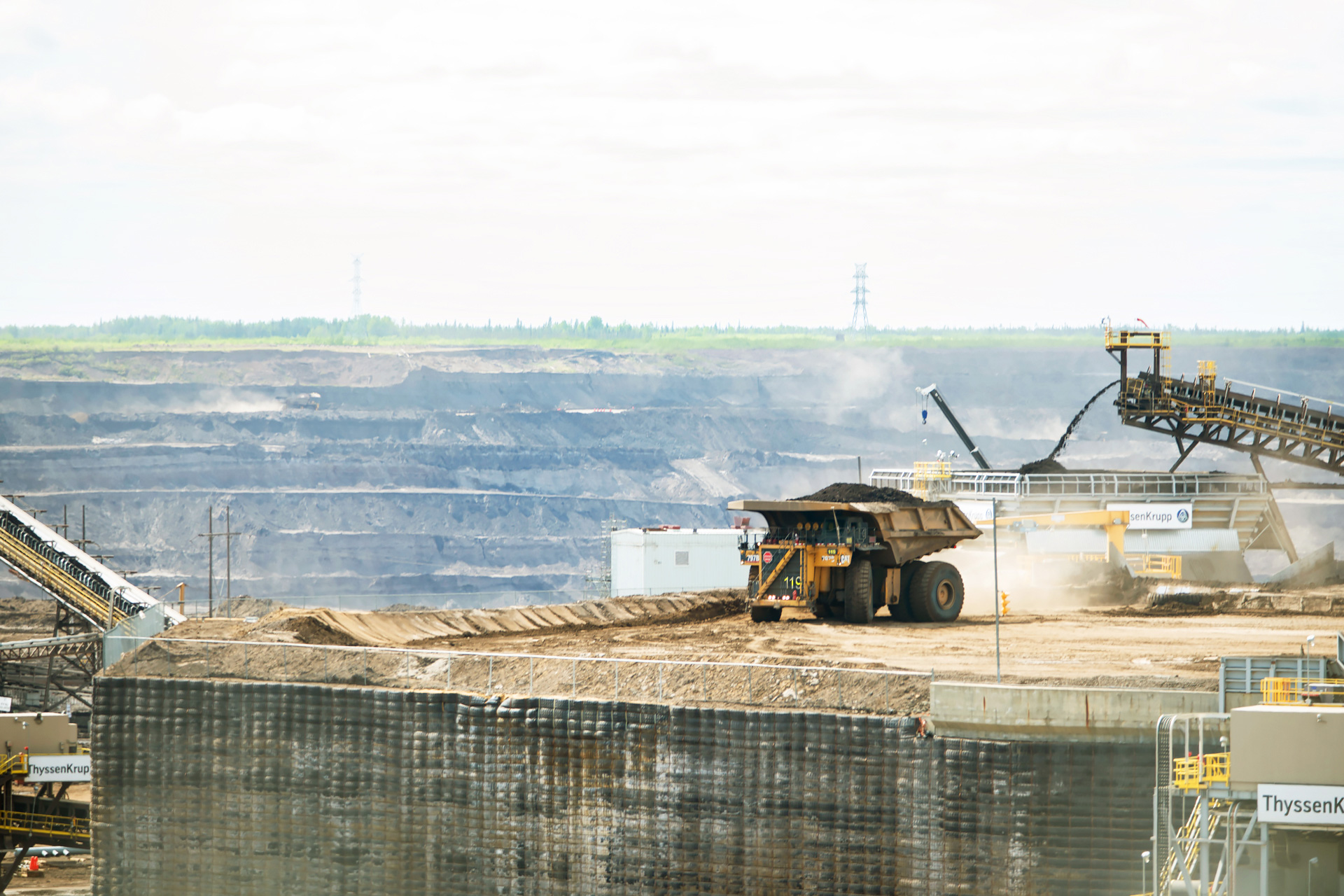
The ore flows from the hopper into a larger crusher, which breaks the ore down further to facilitate processing at the ore preparation plant.
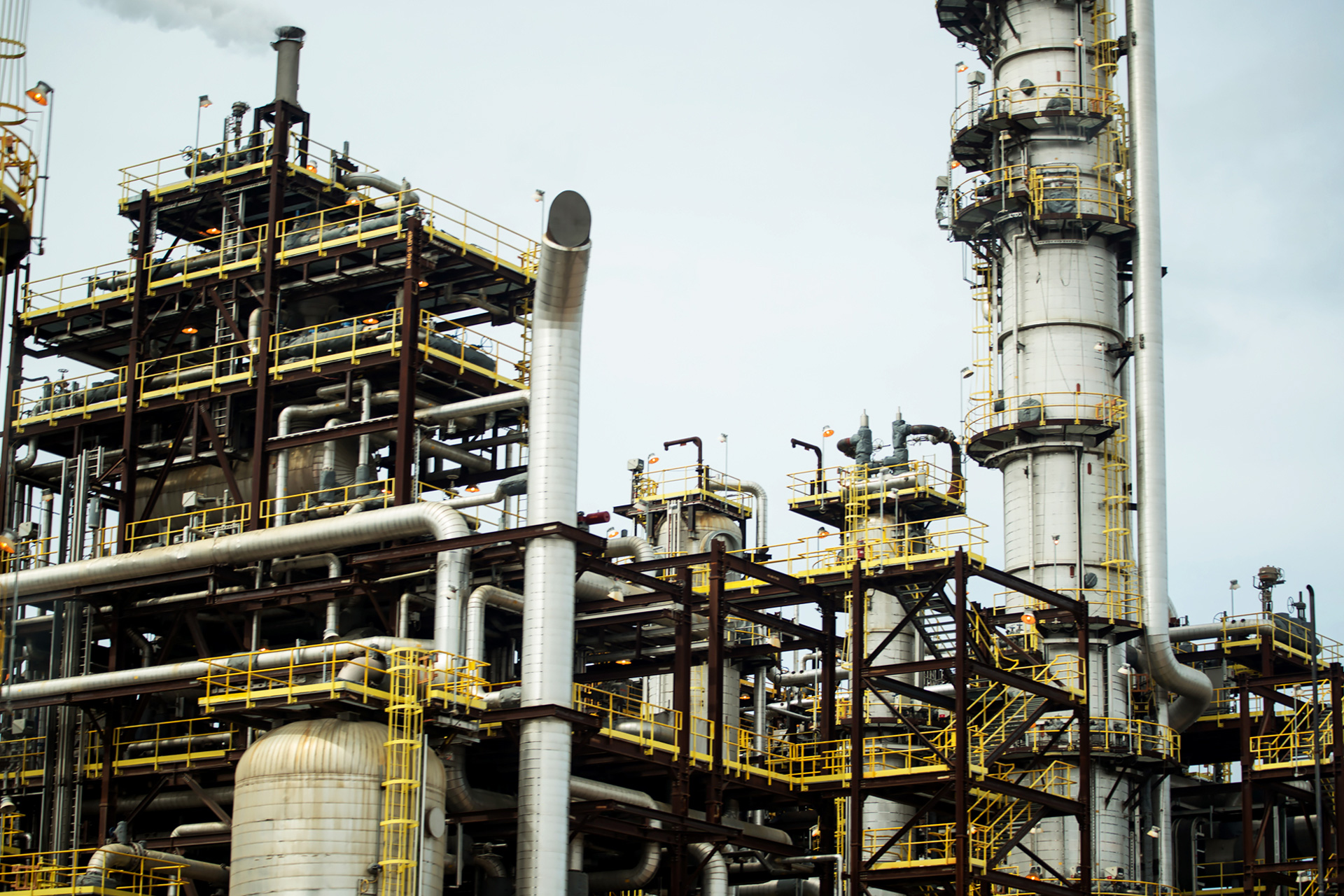
From the ore preparation plant, the mixture of bitumen, water, and solids (together known as “bitumen froth”) are delivered to this network of pipes and tanks for “froth treatment”—more simply, separating water and solids from the bitumen so that it can be transformed into sweet synthetic crude through upgrading.
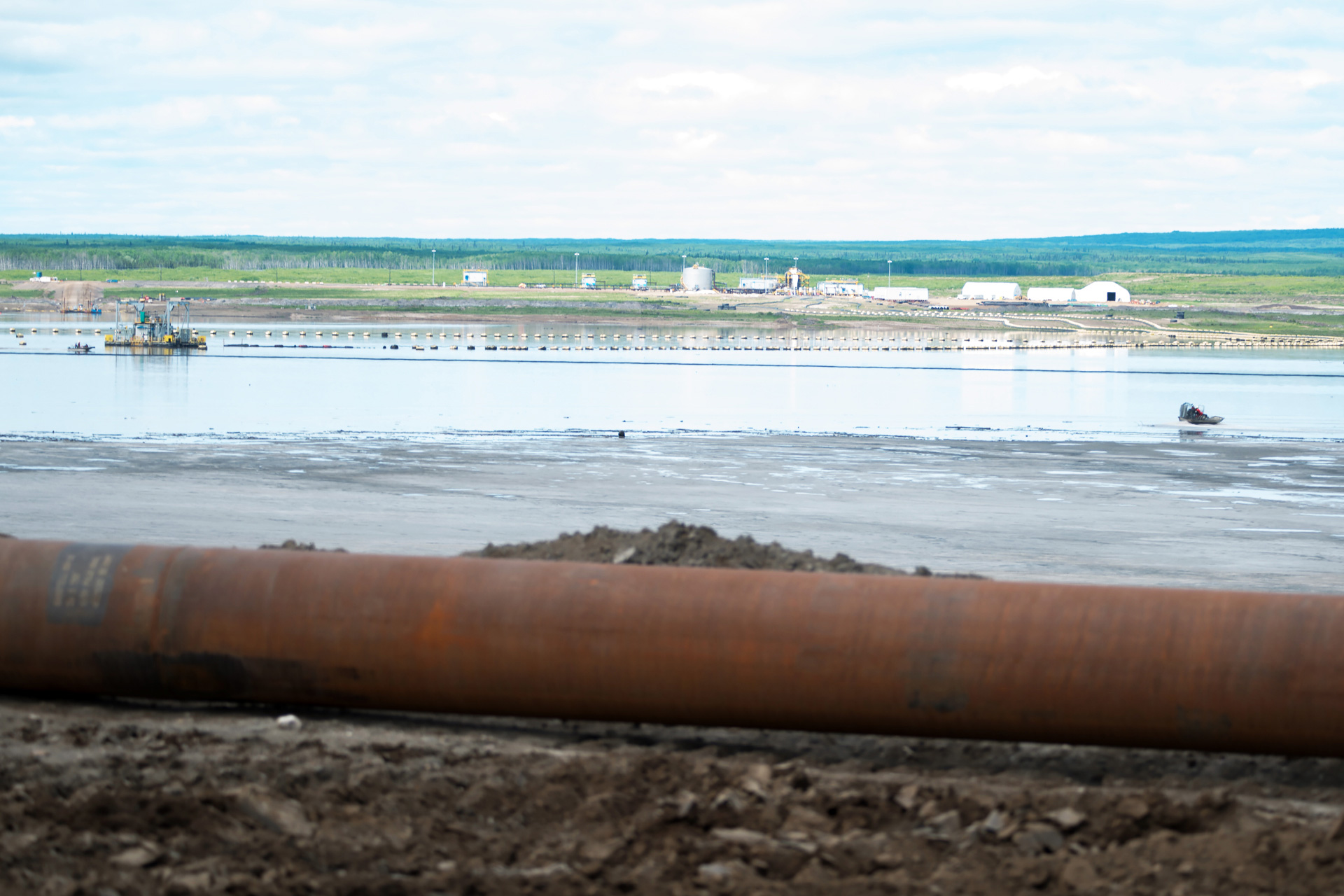
While the bitumen heads to an upgrader from the froth treatment facility, the water and solids separated during extraction and froth make their way to a tailings pond. While the solids settle to the bottom of the pond, the water on top is recycled back into the process where possible. Mining companies recycled approximately 75 per cent of the water used in operations in 2018.
External News Coverage
How much boreal forest has been disturbed by oil sand mines?
Context | June 3, 2019
Natalie Brodych, Writer


